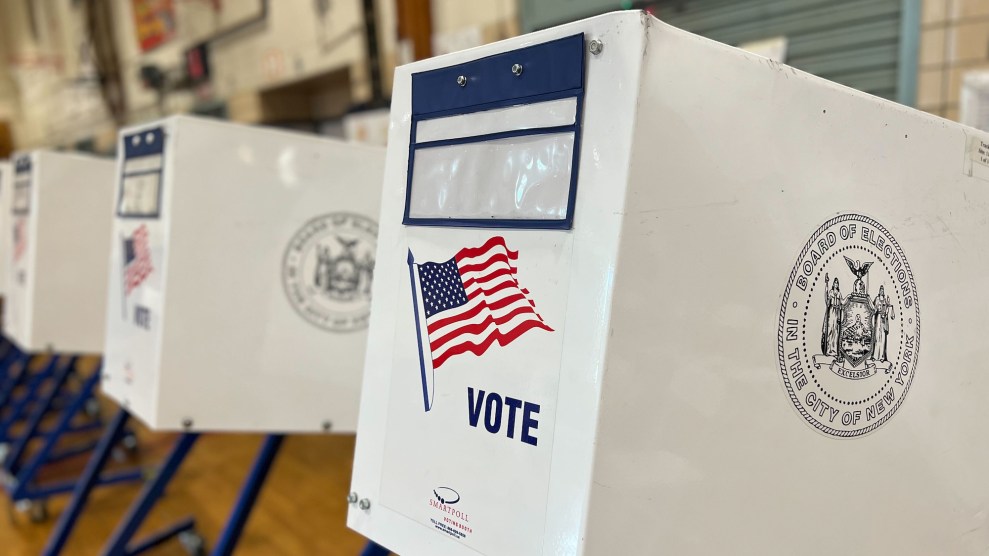- In 1992, National Health Laboratories–headed, at the time, by corporate raider Ron Perelman–pleaded guilty and agreed to cough up $110 million in fines and reimbursements for selling expensive blood tests to doctors at no great cost (or none) while charging Medicare a bundle for them. (To its dubious credit, NHL was not charged with “sink-testing,” a procedure where a lab dumps blood and urine samples down the drain and bills the insurance system for a full battery of tests.)
- 1992 also saw the culmination of Operation GOLDPILL, a two-year FBI investigation into pharmaceutical fraud. In one of the largest raids in FBI history, 1,000 agents from 17 field offices swept down on 116 locations, seized 11 pharmacies and $10.8 million in cash, and charged 271 individuals and companies with fraud. The raid resulted in more than 200 convictions and fines, restitutions, and recoveries of more than $13 million.
- Then there’s the California rolling labs case, masterminded by the Smushkevich brothers, David and Michael. Using vans, the Smushkeviches offered diagnostic tests that were either free or performed on referral from an estimated 200 physicians. Sometimes, the tests were based on bogus illnesses; at other times, they reported bogus results. Although the labs were under investigation for at least six years, the brothers and their henchmen made off with more than $50 million in insurance money. When caught by the government, the Smushkeviches turned to roughly 1,400 private insurance companies and the labs continued to roll. Although the brothers were finally brought to book last September, word has it that six other rolling lab operations have risen to take their place.
- A medical insurance crook doesn’t even need to be a doctor, or to work at a nursing home, hospital, lab, or supplier; in some cases, a simple mailing address has served quite nicely. For example, Thomas T. Kubic, chief of the FBI’s financial crimes section, reports the case of the California couple who stole insurance forms and identifying codes from legitimate doctors and patients, set up a fake collection agency (complete with secretary and business licenses), and collected more than $1.5 million before somebody noticed that something was wrong. (They were pikers compared to New York’s notorious Weinberg family, who set up a computer system that generated bogus patients and received more than $16 million from Medicaid before going to jail.)
- Also on the amateur level was the former pharmaceutical salesman who set up a business marketing old pacemakers repackaged as new, bringing in, by his own estimate, $6 million over eight years. On raiding his office, investigators found bloody pacemakers, suggesting that he was selling devices removed from patients or perhaps cadavers. Also found were pacemakers with lapsed expiration dates, pacemakers originally intended for animal use, and standard pacemakers relabeled as high-output models.















